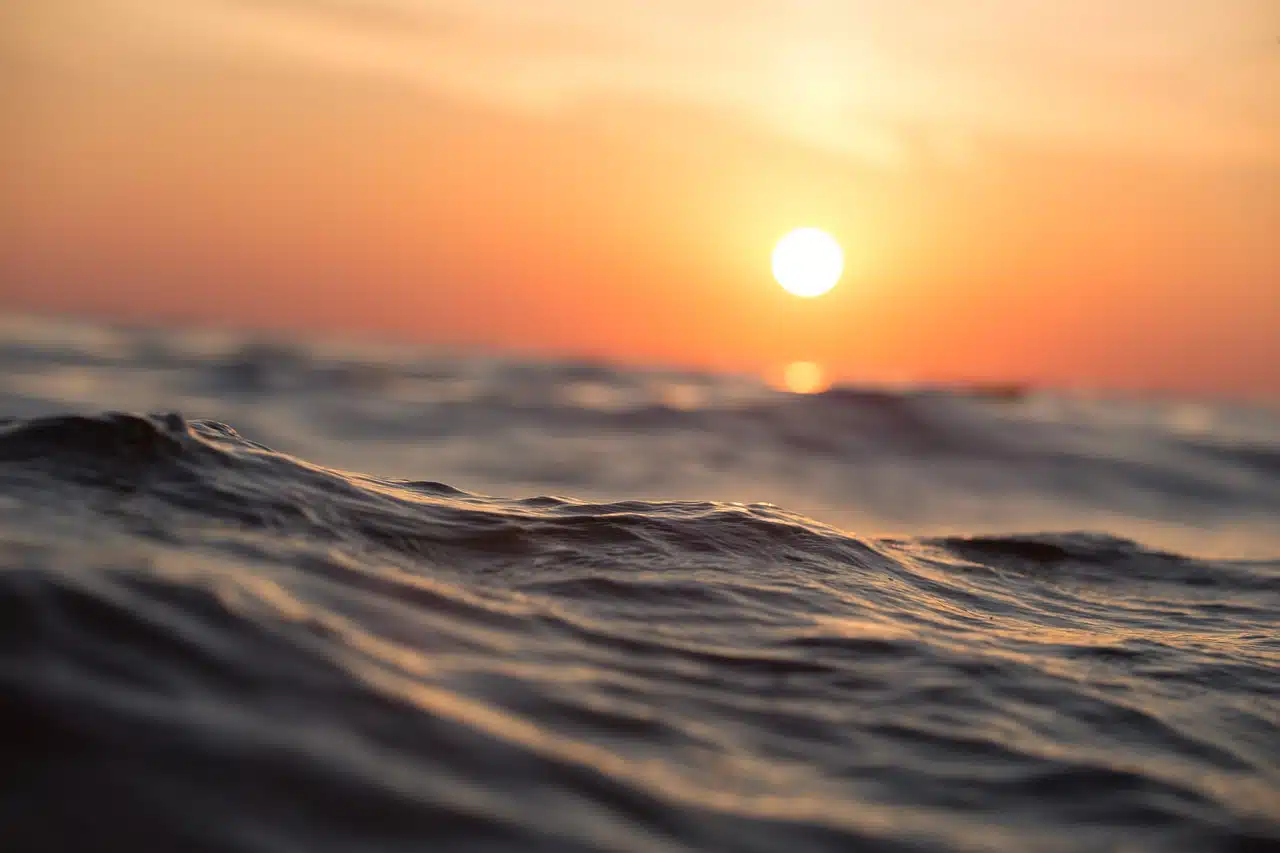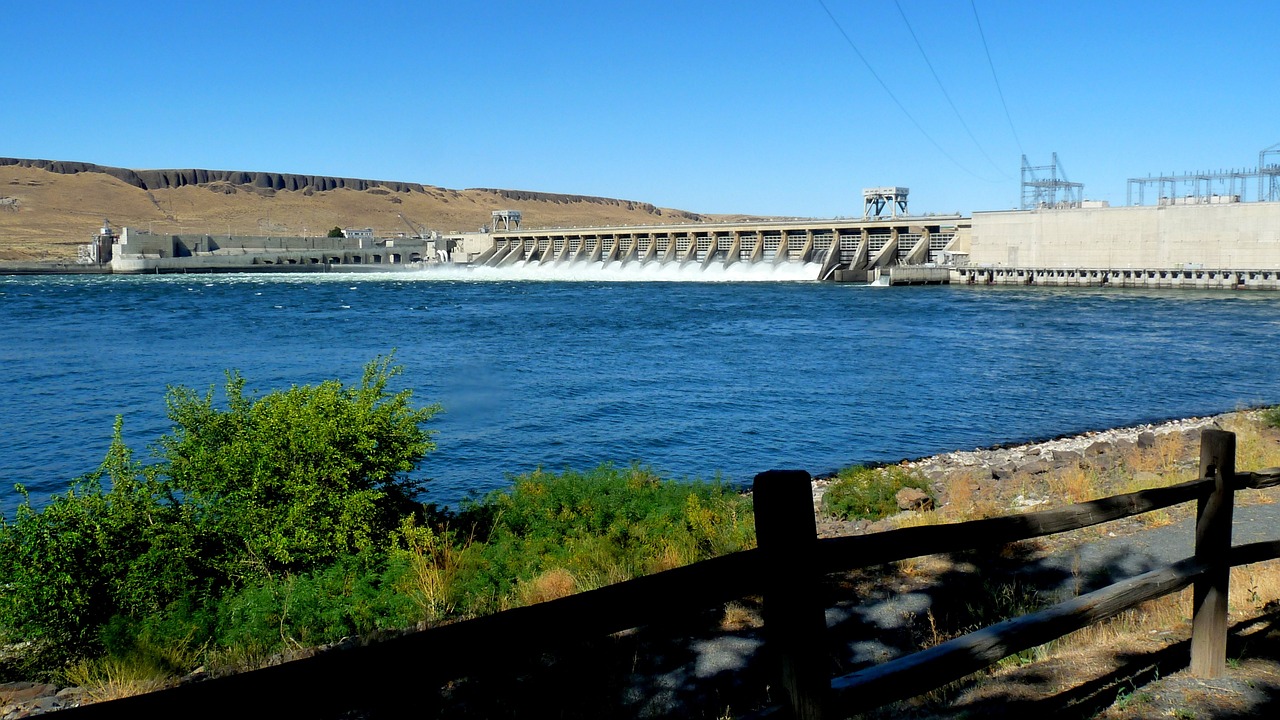
Tidal energy is clean energy .
Tidal energy is energy generated from the activity of ocean tides . That is why it is also called ocean energy .
It is a renewable energy since the tides are virtually inexhaustible. Tidal energy, likewise, is green energy : not only is it sustainable energy , but it is also clean (its generation does not produce pollution).
Characteristics of tidal energy
Tidal energy is based on the use of the movement carried out by the tides. The tide is precisely called the alternative and periodic movement that, due to the gravitational force of the moon and the sun, develop large masses of water.
The tides can be falling or rising. To take advantage of tidal energy , the construction of marine infrastructure is required with underwater facilities that use the principles of potential energy and kinetic energy to achieve the transformation of tidal movement into electrical energy .
Operation of the plants
Tidal power plants are powered by dams , turbines and alternators . In bays or estuaries, docks are created that have turbines in their lower sector.
The reservoir in question, with the movements of the tides, is filled and then emptied periodically. The circulation of the water causes the tidal turbines to activate and, with the alternators, the generation of electricity is achieved.
Once the electrical energy is obtained, the process continues with its transportation to the earth. There, a new plant is in charge of carrying out the necessary tasks to allow distribution through the electrical grid .

It is possible to classify tidal energy as hydroelectric energy .
Tidal power generation methods
There are three methods for generating tidal energy, associated with different types of plants. On the one hand, there are tidal current generators that make use of the kinetic energy of moving water, just as turbines work with the wind to produce wind energy . Known in English as tidal stream generators ( TSG ), they stand out for their limited ecological impact and low cost compared to other methods.
Tidal dams , on the other hand, make use of the potential energy that arises with the rising and falling tides. In this case, what is done is to work with water retention.
The third method is a combination of the other two. Called dynamic tidal power ( DTP in English), this technique requires the construction of large dams that take advantage of the different stages of the tide to start the current turbines.
Advantages and disadvantages
Tidal energy offers several advantages over other renewable energy sources. In addition to not running out and being clean, it provides predictability : it is possible to anticipate how the tides will behave, unlike what happens with the wind, for example.
In this way, calculating the generation capacity of tidal plants is feasible before their construction. On the other hand, the plant facilities stand out for the great extension of their useful life , which contributes to the possible profitability of these projects beyond the high initial investment.
By not causing greenhouse gas emissions, tidal energy is often considered to contribute to sustainable development since it does not contribute to climate change. That is why its promotion is framed in the Sustainable Development Goals (SDG) of the United Nations (UN) and is in line with what was internationally agreed in the Paris Agreement .
However, there are those who warn about the environmental impact of their facilities, which could even threaten the conservation of marine ecosystems. Energy policy, therefore, must consider both the advantages and disadvantages of tidal energy.

Tidal facilities are usually developed in bays or estuaries.
Major tidal power plants
Among the main tidal energy plants, the Lake Sihwa power plant in South Korea stands out, which is the largest on the planet. Inaugurated in 2011 , it extends over 12.5 kilometers and can generate more than 250 MW per day.
In terms of size, behind this Korean facility appears the Rance power plant , which was the first inaugurated worldwide. In operation since 1966 , it is located in the northwest of France and generates 240 MW daily.
Other types of marine energy technology
It should be noted that tidal energy is not the only type of marine energy. It is common for confusion to occur between tidal energy (based on tides) and wave energy (which uses waves).
Tidal energy , meanwhile, is based on the difference in temperature registered in deep waters (cold) and surface waters (warmer). The so-called blue energy also arises from the different saline concentration between seawater and river water.
Other variants are fixed offshore wind energy (the wind turbines are installed in the sea, fixing them to the seabed), floating wind energy (the wind turbines are located on floating structures) and floating photovoltaic solar energy (the panels float on the water). .
